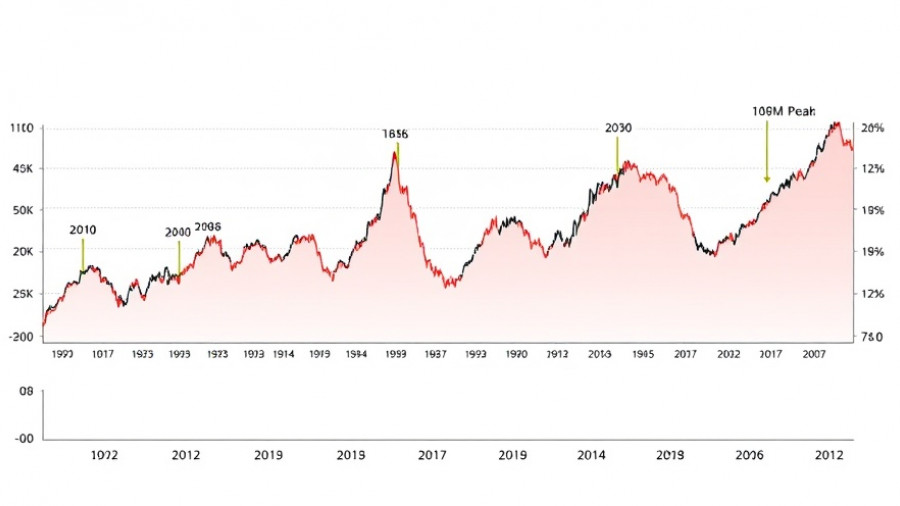
Understanding Liability-Driven Investing in Nigeria
In recent years, Nigeria has emerged as a case study in adapting liability-driven investing (LDI) to frontier markets. While LDI is generally associated with the stability of developed markets, where investors utilize a comprehensive toolbox of financial instruments, Nigeria's unique economic environment necessitates a more disciplined and adaptable approach. This article explores how Nigerian institutions apply LDI principles amidst challenges like frequent liquidity shocks, currency devaluations, and regulatory fluctuations.
What Makes LDI Different in Frontier Markets?
In frontier markets such as Nigeria, the typical strategies of LDI involve firm discipline rather than a reliance on complex derivatives. Nigerian insurers managing products like life and annuity plans prioritize matching their liabilities—timing, currency exposure, and interest rate sensitivity—against available assets. This foundational shift ensures that stability is maintained even as the economic environment becomes more unpredictable.
The Challenge of Currency and Timing
A significant consideration for Nigerian insurers is the country’s fluctuating currency. For instance, the Nigerian naira has seen a dramatic decline over the past few years, prompting institutions to navigate currency mismatches carefully. By ensuring that their asset allocations are closely aligned with cash flow timing for obligations—often spanning several decades—Nigerian institutions maintain liquidity against the backdrop of economic shocks.
Adapting in Difficult Environments
The challenges faced in Nigeria extend beyond currency. Interest rates also express volatility that requires a granular analysis of cash flow timing. Effective tools used by insurers include key rate duration (KRD) to measure interest rate sensitivity accurately. This method is particularly valuable for managing liabilities, enabling organizations to create a structured scenario analysis to stress-test their portfolios under various economic conditions.
Future Insights for Effective LDI
The lessons learned from Nigeria’s approach to LDI offer important insights for other frontier markets. By emphasizing liability alignment over complex financial mechanisms, institutions can build resilience and stability even in uncertain environments. As other regions look to develop their investment frameworks, adopting such adaptable principles can enhance their financial systems' robustness and sustainability.
As Nigeria continues to navigate these challenges, their experiences underscore the importance of adaptability in investment strategy, offering a potential roadmap for other emerging economies seeking financial resilience.
 Add Row
Add Row  Add
Add 




Write A Comment